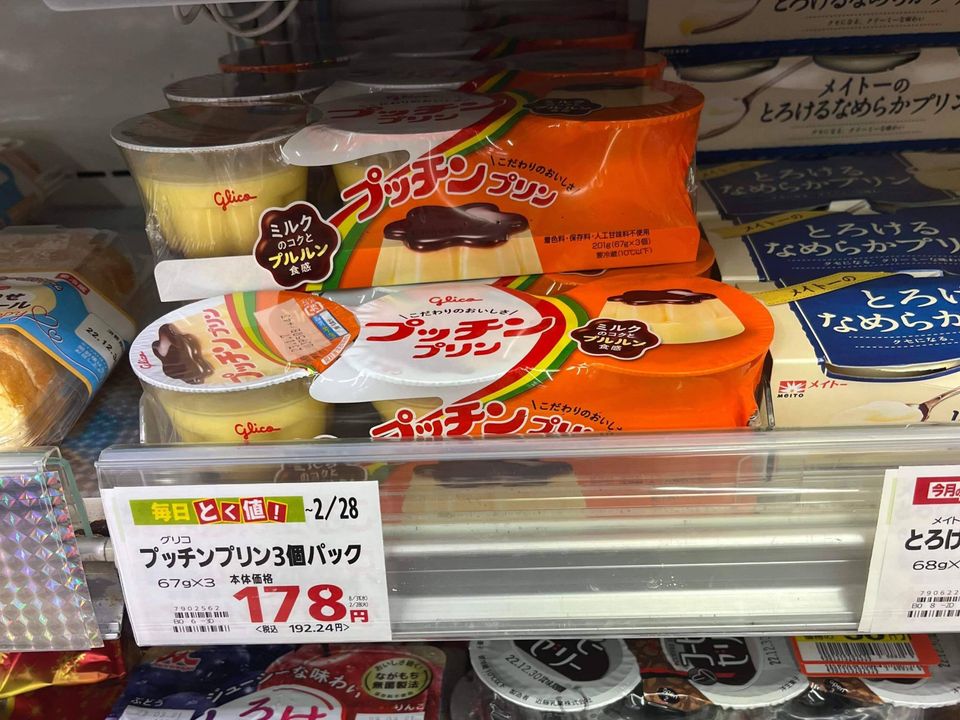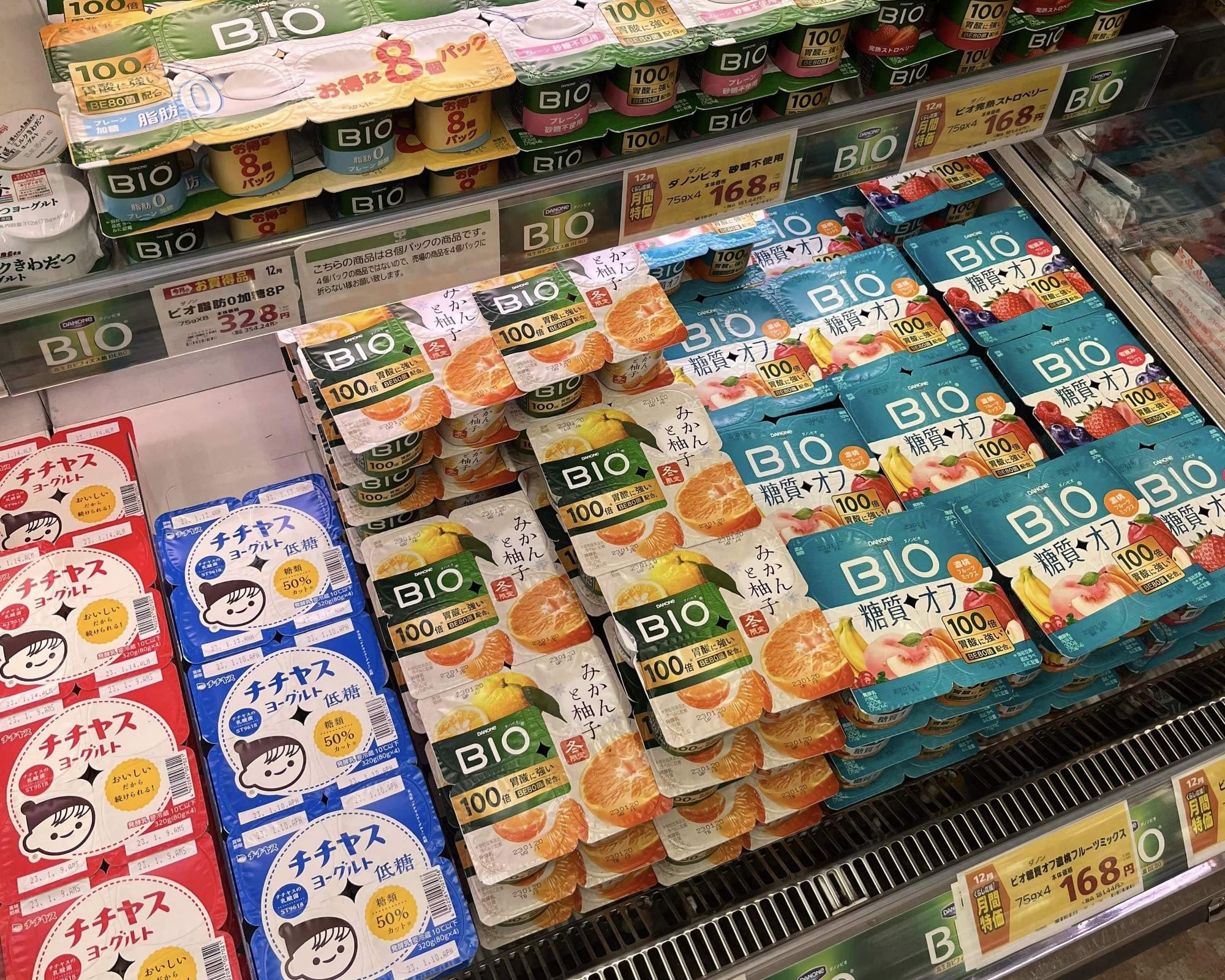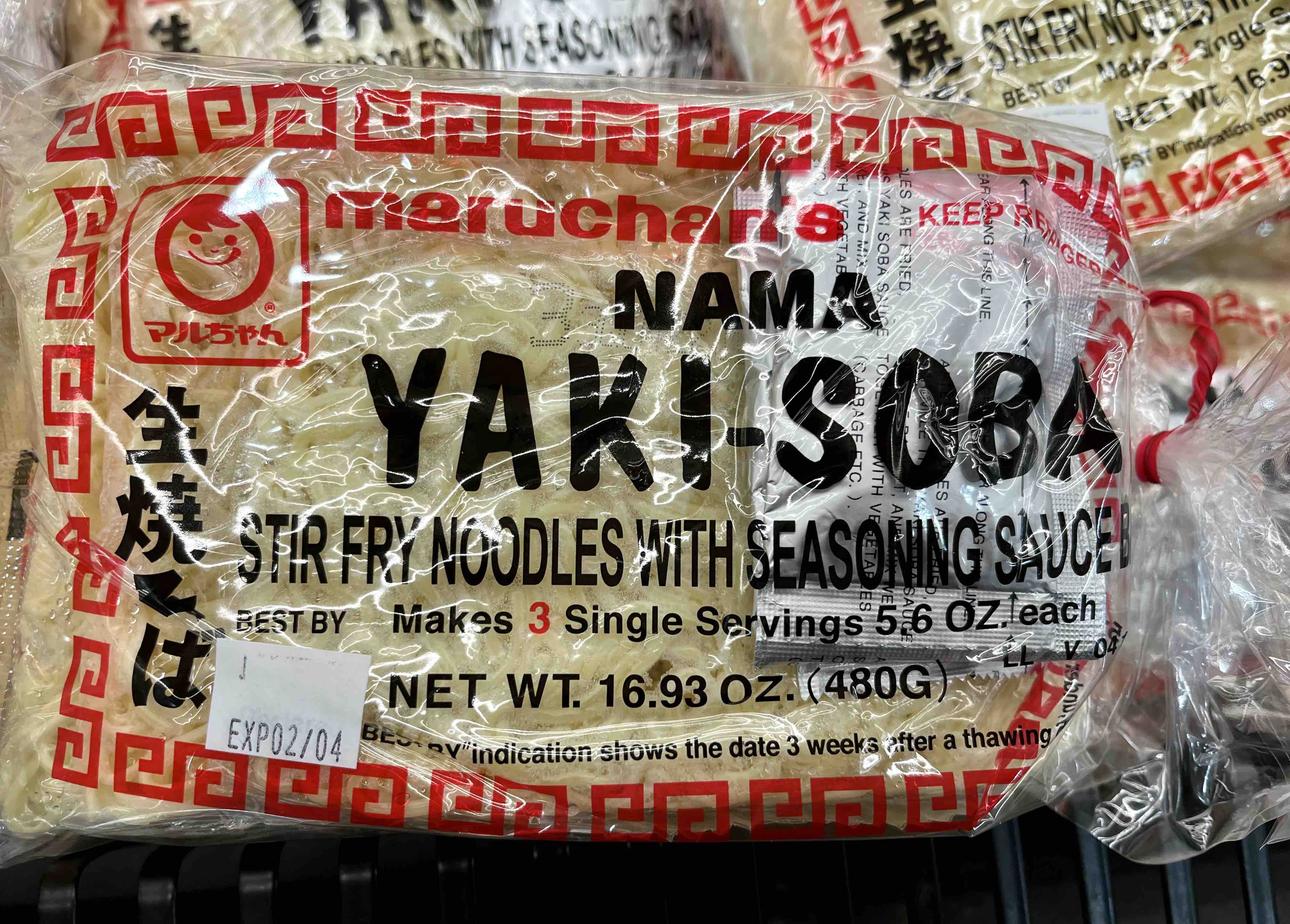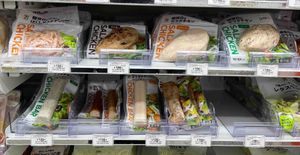The mystery behind why Japan sells pudding in 3-packs and yogurt in 4-packs
Your answer to why is pudding sold in 3-packs, when yogurt is sold in 4-packs

The other day, my mom asked, “Why is yakisoba sold in 3-packs?” To give you some context, yakisoba is a type of stir fried noodle that is an icon festival food and commonly eaten at home and restaurants. It is also eaten at home. Yakisoba is so popular that you can find it in pretty much all supermarkets and even convenient stores. These yakisoba packs usually come with the noodle and sauce and are typically sold with 3 packs (with 3-servings.)
Growing up, 3-packs have always seemed normal to me. Natto, ramen, and pudding for example would always come in packs of three. It was something I never really questioned.
However, my mom had a good point. Why is yakisoba sold in 3? In the US, the only 3-pack items I could think of were tennis balls and cleaning supplies.
Why would Japan sell 3-packs? It’s not even an even number. If I am a couple or a family of four then I would have an extra or would need to buy a whole other pack and have 2 extra packs left over. How did this come to be?
Upon researching, it seemed to be a common paradox looked up in Japanese - so why is pudding sold in 3-packs, when yogurt is sold in 4-packs?
The history of the 3-pack pudding
The 3 pack pudding was introduced in 1976.To understand why pudding is sold in three, it might make sense to look at the pudding consumption habits. Imagine a typical family of four in 1970s Japan. (The average fertility rate from 1968-1973 was about 2.14 kids.) After school, the two kids would come home and have a snack with mom. Back then and still to this day (although, it has been slowly changing), women are expected to stay home and take care of the kids. As an afternoon snack, a serving of pudding was perfect, one for each kid and mom.
Why yogurt is not in 3-packs

Yogurt sold in packs of 4
Okay so, what about yogurt? On the other hand, yogurt would be eaten in the morning for breakfast, before Dad went to work — one for each kid, mom, and dad. Therefore 4 servings would be needed.
As we now know, a 4-person family was common, with a father, mother, and two children. So Japanese food manufacturers packaged their products based upon the eating habits of their consumers.
And thus, the paradox of the 3-pack of pudding and 4-pack of yogurt is explained. After finding this information, I was curious and decided to look at the average household size in Japan. Looking at the data, it seems like it checks out.
Japan’s average household size over the years

The steady decline of the average household size is kind of unsettling, as it does not seem to stop anytime soon. The Japanese government expects the average household size to drop to 2.15 by 2030 and 2.08 by 2040. The main cause of this is a declining population, due to lower birthrates and an aging population (more on this here.) The proportion of single households has been on the rise, as well as households of two. If a household has children there it is likely only one child on average.
Other reasons why Japan sells 3-packs
3 packs induces more sales
For household’s with even numbers, 2 or 4 for example, 3-packs is either too much or not enough. So, it makes sense to purchase another
Family of 2 → 1-pack extra = Buy another 3-pack set to have 3 meals/snacks
Family of 4 → 1-pack short= Buy another 3-pack set to ensure there is enough for everyone
Regardless of how you do it, the number of packs is just annoying if you are not a family of 3.
The price is just right
People like to buy goods at certain prices. One of the most popular prices is 100 yen (which is like paying a dollar or euro.) While this may not be true for yakisoba, it is more likely to be for smaller products like pudding or natto, where the price is right around 100 yen. The unit price of one is about 30 yen, so it makes sense to have 3, because then it will be about 100 yen. Which is a great price to pay as a consumer.
Back to yakisoba
 Maruchan yakisoba is also sold in 3-packs in the USA
Maruchan yakisoba is also sold in 3-packs in the USA
Maruchan, the most popular yakisoba brand, started to sell its 3-pack in 1975, right before pudding was sold in 3-packs. But yakisoba is not eaten as a snack, isn’t it?
Why would yakisoba be sold in a 3-pack for a 4-person family? Well, it is very common for salary-men (usually the husband) to work overtime (sometimes going out for drinks with coworkers too.) Therefore, the husbands are usually not home in time for dinner on the weekdays and the mother would cook 3 servings of yakisoba for her and the two kids.
This hypothesis was confirmed in an interview from the online magazine eltha with a public relations representative: while the main reason was due to family size, there were two other reasons: the first is that a 3-pack gives the consumer a sense of value. The second is that the quantity fits into the typical frying pan well.
Final Thoughts
With the average household size declining further, perhaps, the 3-pack will become a 2-pack? Maybe not, as there it seems like every item in the store offers a single serving size if one desires.
If you are from a different country, are 3-packed items common? Let me know!

